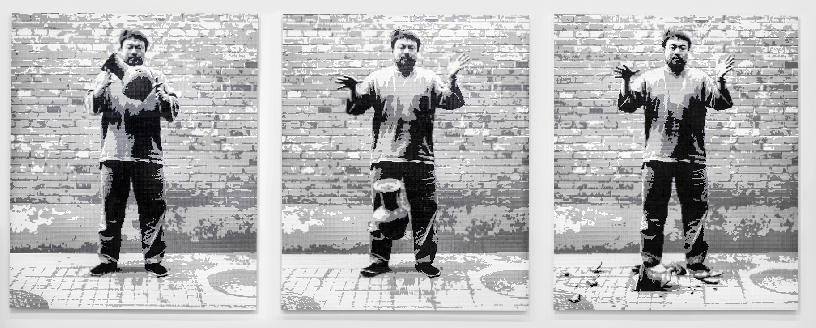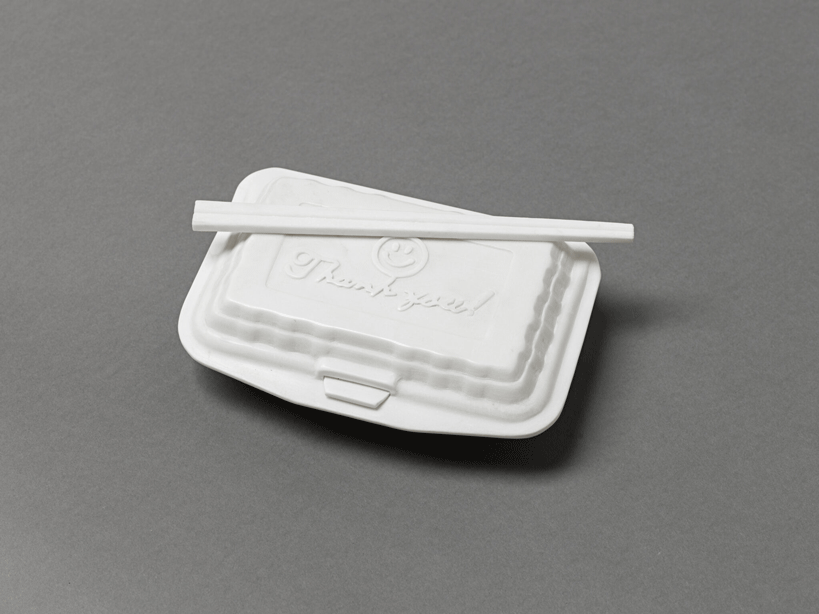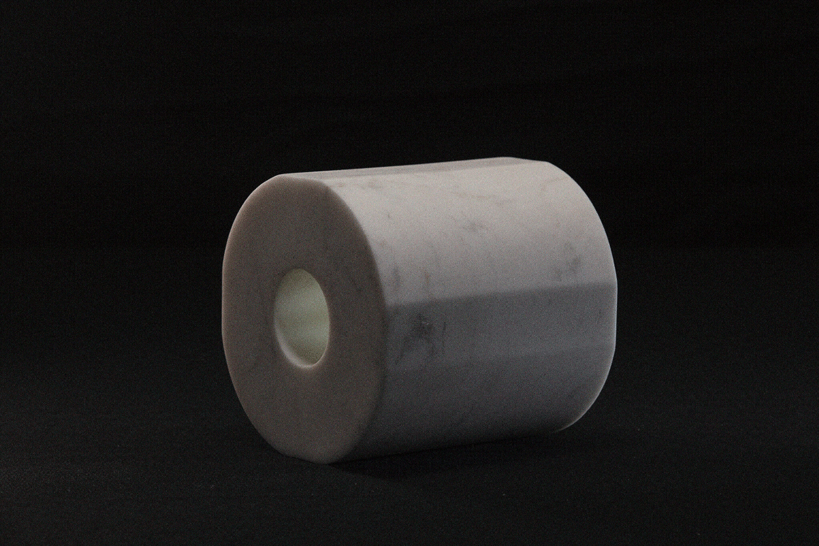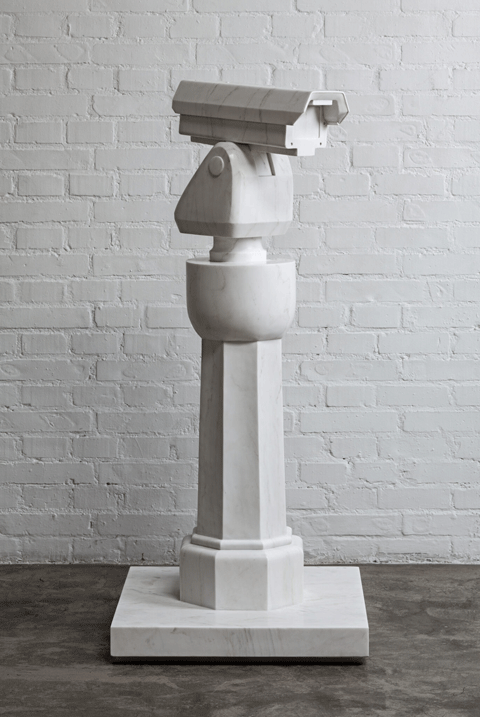Chinese artist and activist, Ai Weiwei, is considered by many as the most influential artist of our time. Ai Weiwei’s artwork acknowledges his political beliefs while demonstrating innovation and creativity.
In the wake of the government’s disrespect for and acknowledgement of basic human liberties and the right to speak freely in China, he was captured, beaten and prohibited to travel. He has since moved to the United States, studied at Parsons in New York, established one of the first independent art spaces in China known as the China Art Archives and Warehouse in 1998, and started his own architecture practice in 2003.

Ai Weiwei’s work includes 100 million porcelain sunflower seeds displayed in the Tate Modern museum in 2010. Ai Weiwei has been the recipient of many human rights and artistic awards including the Vaclav Havel Prize for Creative Dissent by the Human Rights Foundation in 2012 and the Ambassador of Conscience Award by Amnesty International in 2015.
Ai Weiwei’s latest project, The Liberty of Doubt for the Kettle Yard Gallery in Cambridge, England, explores historical Chinese objects with the notion of globalization with both new and existing works of the artist. The exhibit focuses on the geopolitical crisis and the coronavirus pandemic, while seeking truth and transparency in political matters. This will be the first time Ai Weiwei has combined historical Chinese artifacts with his own work.

According to New Exhibitions, “The exhibition in the galleries is a single installation with 13 artworks by Ai Weiwei exhibited alongside 14 antiquities which the artist bought at an auction in Cambridge in 2020.” In addition, the artist has identified the original Chinese objects as from the Northern Wei (386-534 CE) and Tang (618-907 CE) dynasties, and others as counterfeits.
Ai Weiwei’s own work for the exhibit uses a wide variety of materials including jade, marble and porcelain. The artist cleverly combines the traditional with the modern in the inclusion of Dropping a Han Dynasty Urn in LEGO blocks. Another artwork demonstrates a toilet paper roll made of marble in revelation to the panic-buying of toilet rolls at the start of the pandemic. Ai Weiwei’s Surveillance Camera and Plinth (2014) demonstrates both political and somewhat playful themes using a surveillance camera made out of marble and mounted on a traditional Chinese pedestal.
At the exhibition, viewers can watch three of the artist’s documentary films: Coronation (2020), Cockroach (2020) and Human Flow (2017). The films illustrate the pandemic in Wuhan, China, the protest by Hong Kong students, as well as the global migration crisis.

Ai Weiwei's The Liberty of Doubt exhibit highlights the United Nations Sustainable Development Goal for Peace, Justice and Strong Institutions by bringing forward his experiences and perspectives on Chinese democracy and human rights, while also highlighting issues of global migration, the Anti-Extradition Law Amendment Bill Movement in Hong Kong and the hysteria generated by the coronavirus pandemic as it was specifically directed towards China early on in 2020.

In the past, Ai Weiwei has collaborated with organizations. With Human Rights Watch, he worked on a project of mass activism that raised funds for advocacy towards human rights, particularly during the pandemic, through the sales of face masks designed by him. The artist has imprinted masks with his works of art, including symbols of free speech, surveillance, persecution, mass obedience and defiance. The masks are now discontinued but donations to Human Rights Watch can be made in the link provided.
